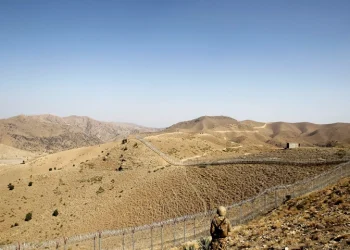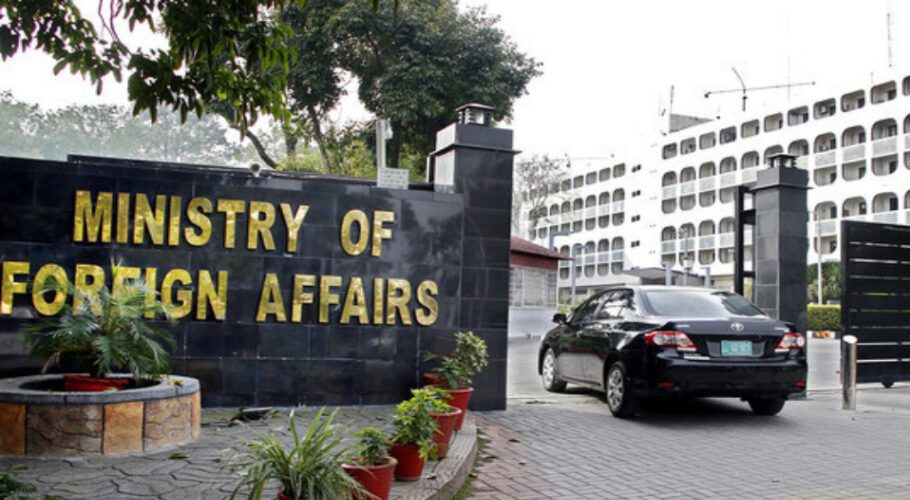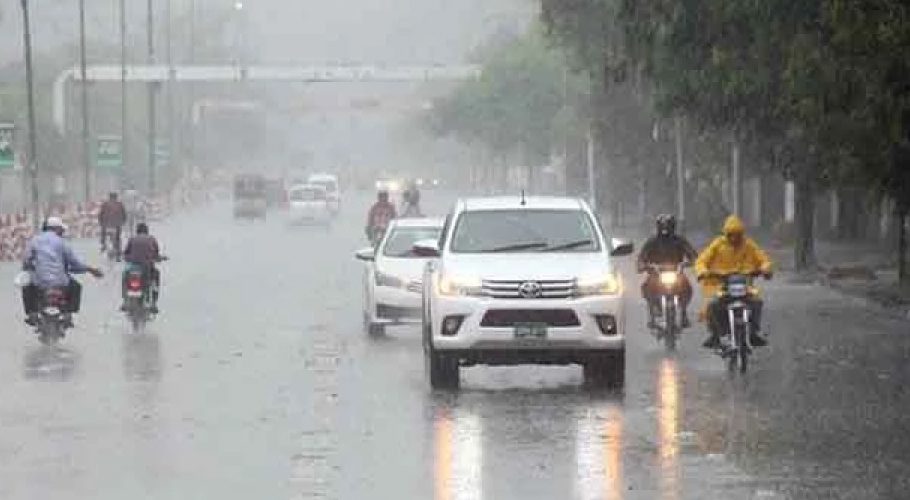ISLAMABAD: The National Disaster Management Authority (NDMA) has issued an early threat alert for glacial lake outburst flood (GLOF) in Gilgit Baltistan and Khyber Pakhtunkhwa due to predicted heatwave in the coming week and directed the quarters concerned to ensure proper preparedness and precautionary measures.
In an advisory, it said as per the alert issued by Pakistan Meteorological department, temperature in the northern areas is expected to remain 5°C to 7°C higher than normal in the next 5 to 6 days, creating heatwave. “The heatwave more likely will enhance melting rate of snow and ice which may trigger Glacial Lake Outburst Floods and flash flood in vulnerable areas of GB & KP.” it said.
It directed Provincial Disaster Management Authority (PDMA) KP, GBDMA, and District Disaster Management Authority (DDMA) Hunza to “remain vigilant, alert and to take all precautionary measures in light of Shishper Glacial Lake reformation and increased chances of GLOF and coordinate accordingly with local administration and concerned departments”.
The local authorities were further directed to ensure local community and tourists/travelers be forewarned in at-risk/vulnerable areas and make certain availability of emergency and rescue service personnel and equipment for rapid response.
MoCC issues GLOF warning
Federal Minister for Climate Change Senator Sherry Rehman has called upon the home departments, provincial disaster management authorities and provincial teams of PMD to take precautionary actions in an effective manner to mitigate against possible GLOF events and flash floods.
GLOF are sudden events which can release millions of cubic metres of water and debris, leading to the loss of lives, property and livelihoods among remote and impoverished mountain communities.
According to statement by the ministry, there has been a climatic shift in the region which has led to an increase in GLOF events and flash floods due to increases in regional temperature.
“Whilst the NDMA is the competent authority for the matter, it is imperative for all of the stakeholders to take precautionary actions in an effective and timely manner to prevent any possible loss of lives or livelihood of vulnerable communities in the wake of any eventuality. This is the first time in decades that Pakistan is experiencing what many call a “spring-less year” in March 2022.
“Due to a rise in temperatures, glaciers in Pakistan’s northern mountain ranges (Hindu Kush, Himalayas and Karakorum) are melting rapidly and a total of 3,044 glacial lakes have developed in Gilgit-Baltistan (GB) and Khyber Pakhtunkhwa (KP).
Of these, 33 glacial lakes have been assessed to be prone to hazardous glacial lake outburst flooding (GLOF) and over 7.1 million people are vulnerable in these areas. Current initiatives are in place to help vulnerable communities prepare for and mitigate GLOF risks through early warning systems, enhanced infrastructure and community-based disaster risk management.
She further stated, “South Asia, particularly India and Pakistan are faced with what has been a record-breaking heatwave. It started in early April and continues to leave the people gasping in whatever shade they find. The global weather forecasting organizations have predicted that temperatures in Pakistan and India this year could soar up to 49 to 50 degrees Celsius, which is a direct repercussion of climate stress. It has been predicted that temperatures in Pakistan could rise by 6 to 8 degrees Celsius above-average temperatures.”
According to the Meteorological Department’s reports, March has remained the hottest month recorded since 1961. In addition to that, rainfall in this season was 62% less than in the previous years. The heatwave, unfortunately, came at an especially gruelling time during the holy month of Ramzan.


































